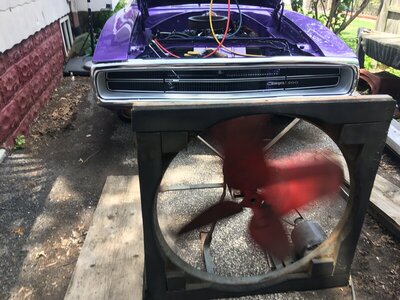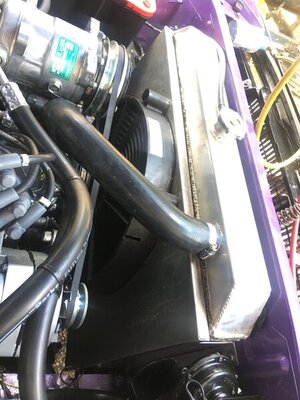What value is in the "posting of the suction and discharge pressures" with the pressure switch jumped out and at 1400-2000 RPM .
The point is, to get a steady state reading with the refrigerant settled out. Refrigerant will always migrate to the coldest point in the system with the compressor off. Often this is the evaporator. Good practice requires several minutes of the compressor running steadily to determine what is going on.
So, several of us, myself included, figured he was under-charged. But now, seeing where the switch is physically located...oh boy. So it is a compound switch, or "binary" as the mfg noted in the Summit link. Good, protection for both conditions...Still somewhat hard to pinpoint without knowing the ambient temperature. I should have looked at his location closer. So it's been murderously hot in S. Jersey. You're only a little overcharged, or there's air in the system The TXV is doing it's job, trying to maintain the right evaporator pressure. your binary switch is likely tripping on HP, protecting the system. Likely overcharged. Common, but now it's tricky to correct. Too easy to recover too much and be undercharged without a refrigerant scale, time, and a little patience. Bleed off briefly from the liquid side till you get to 375 psi discharge.
@ 400 PSI either your overcharged or the ambient temperature is around 140.... Good thing it cycled to protect the system....
Agreed. Get a big box fan or something. I would weigh the charge back
out about 4 oz at a time and see where it settles out, unless increasing airflow drops that discharge pressure about 50 psi. Those pressures are close if it was about 105*F where the car was at the time. I like the override feature on your fan. Still, it shouldn't hit the high switch setting unless something is amiss.
You can't weigh a charge out into a recovery can without a good refrigerant scale, careful setup, and a bit of precision. Commercial HVAC tools.



















